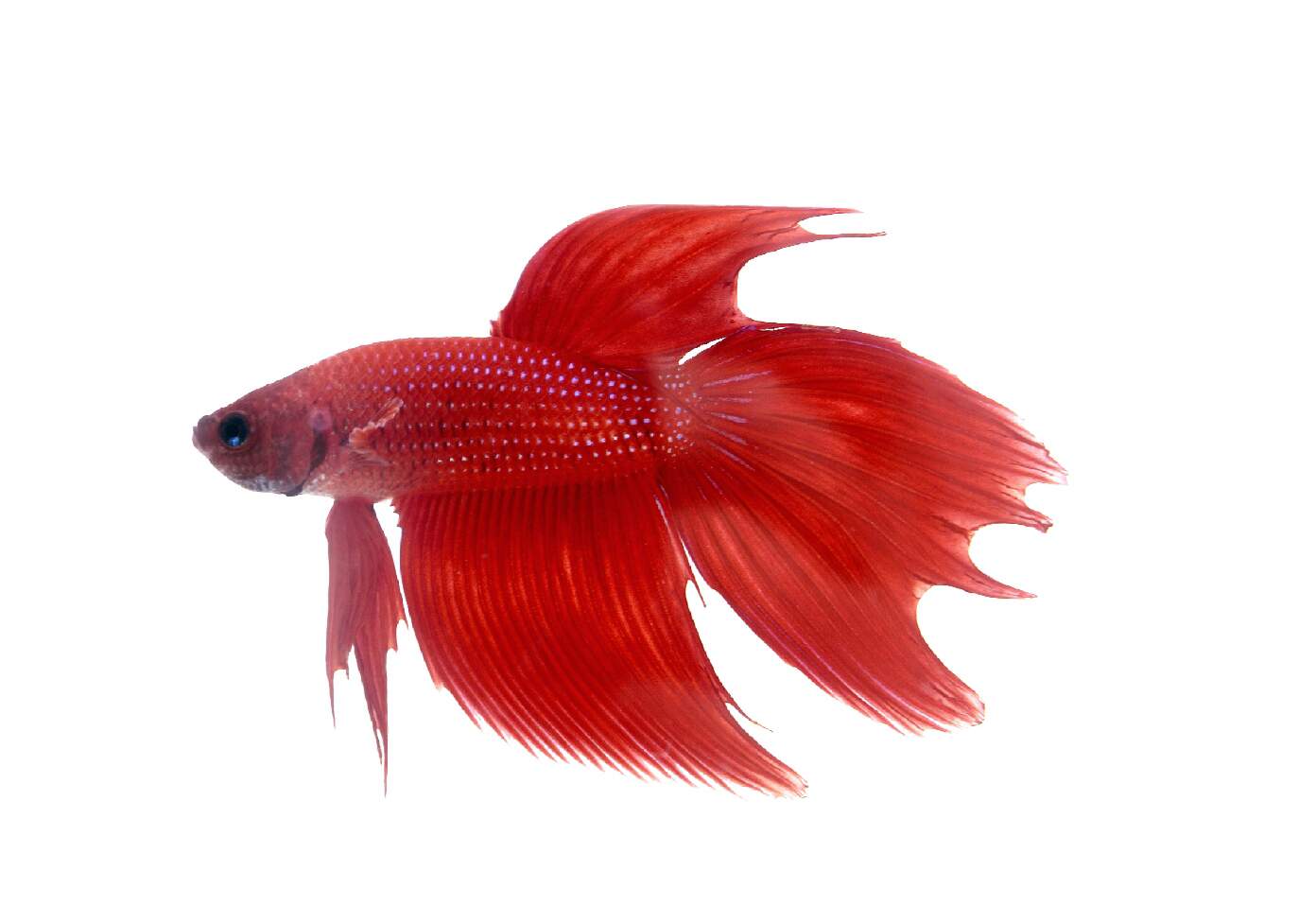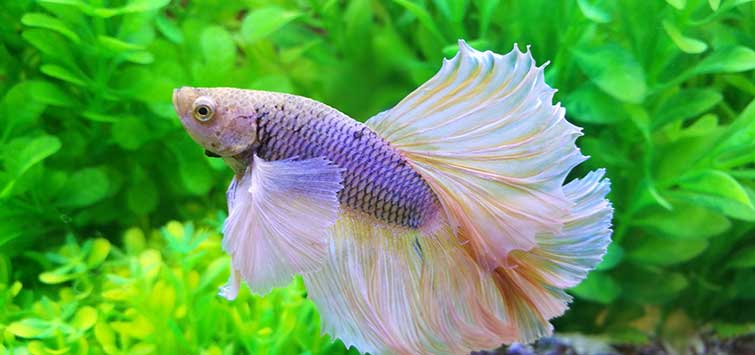Comprehending Betta Fish Habits: What Every Owner Must Know
Comprehending Betta Fish Habits: What Every Owner Must Know
Blog Article
Everything About Betta Fish: Comprehending Their Unique Requirements, Behavior, and the most effective Practices for Optimal Treatment
Comprehending the unique requirements and behaviors of Betta fish is necessary for any aquarist seeking to provide ideal treatment. These fascinating creatures, native to the cozy waters of Southeast Asia, exhibit unique territorial propensities and require certain ecological conditions to thrive. From picking the right tank dimension to acknowledging possible health and wellness concerns, various elements substantially influence their health. As we discover these aspects further, the ramifications for both novice and seasoned fish caretakers end up being progressively evident, elevating questions concerning just how ideal to fit these remarkable fish in our homes.
Betta Fish Summary
Although commonly admired for their vivid colors and streaming fins, Betta fish, scientifically called Betta splendens, are complex creatures that need certain treatment to flourish. Stemming from Southeast Asia, these freshwater fish are recognized for their territorial nature and special behaviors. Betta fish display sex-related dimorphism, with men showing more vivid colors and longer fins than females.
Their aggressive propensities, especially among men, require careful consideration when housing them. Bettas are frequently maintained in single-specimen tanks to prevent territorial disputes. Nevertheless, they can exist together peacefully with certain compatible varieties in bigger neighborhood tanks, offered the environment fulfills their demands.

To make sure optimal care, aquarists need to understand their special behavioral traits, nutritional requirements, and environment requirements. betta fish. With proper attention, Betta fish can display their vibrant individualities and prosper in a properly maintained aquarium setting
Natural Habitat and Environment
Betta fish thrive in a varied range of all-natural environments, primarily located in the shallow waters of Southeast Asia, consisting of rice paddies, swamps, and slow-moving streams. These settings are characterized by warm temperatures, generally between 75 ° F and 82 ° F(24 ° C and 28 ° C ), and a pH degree ranging from 6.5 to 7.5, which is suitable for their health and wellness and wellness.
In their natural environments, Betta fish are accustomed to dense vegetation, offering both shelter and breeding premises. The presence of plants such as floating water lilies and thick turfs not only provides defense from predators yet also adds to the oxygenation of the water, which is essential for their respiratory requirements. Furthermore, these settings often have locations of still water, allowing Betta fish to exhibit their all-natural habits such as bubble nesting.
Recognizing the natural habitat of Betta fish is essential for aquarium fanatics. Replicating these problems-- via water temperature, pH equilibrium, and the addition of real-time plants-- can considerably boost the general wellness and durability of these exciting fish, ensuring they prosper in a home aquarium setting.
Social Actions and Communications
Understanding the social habits and interactions of Betta fish is necessary for successful fish tank monitoring. Betta fish, or Siamese combating fish, are recognized for their unique behavior traits, identified primarily by territoriality and hostility.
On the other hand, female Bettas display less aggressive behavior and can coexist in groups, called sororities, if introduced properly. It is crucial to monitor their communications very closely, as power structure and prominence can lead to problems. Comprehending the dynamics within a Betta community is vital; developing concealing places and making certain enough room can minimize hostility.
Additionally, Betta fish may additionally show interest and social behaviors in the direction of various other species. While they can coexist with particular non-aggressive storage tank mates, it is vital to pick compatible species to stay clear of tension and aggression. On the whole, acknowledging these social interactions is vital to promoting a harmonious fish tank environment for Betta fish.
Important Treatment Standards
Supplying proper treatment for Betta fish is crucial to their health and wellness and health. Regular water modifications-- approximately 25% regular-- aid maintain water high quality.
Betta fish call for a suitable storage tank dimension; a minimum of 5 gallons is advised to provide appropriate room for swimming and hiding. Include decorations and plants to create a stimulating setting, however stay clear of sharp objects that could damage their fragile fins.

Lastly, ensure the storage tank is geared up with a filter to keep the water clean, yet make use of a gentle filter to avoid solid currents that can worry the fish. By adhering to these necessary treatment guidelines, owners can advertise a healthy and balanced and vibrant Betta fish.
Common Health And Wellness Issues and Solutions
In that site the treatment of Betta fish, understanding of usual wellness issues is important for maintaining their well-being. One widespread problem is fin rot, usually triggered by poor water top quality or bacterial infection. Symptoms consist of frayed or blemished fins. To treat fin rot, improve water problems and consider making use of a broad-spectrum antibiotic.
Another typical disorder is ich, a parasitic infection defined by white spots on the fish's body (betta fish). Therapy involves boosting water temperature and adding fish tank salt to the tank, as this can assist remove the parasite
Swim bladder problem is likewise regularly observed, resulting in buoyancy issues. This problem may develop from overfeeding or irregular bowel movements. A fasting duration of 24-48 hours, followed by a diet plan of blanched peas, can give relief.
Lastly, bettas might experience velvet condition, suggested by a gold dust-like look on their skin. Treatment usually calls for medication specifically created for exterior parasites, along with improved container hygiene.
Normal tracking of water specifications, preserving a clean atmosphere, and supplying a well balanced diet regimen are essential safety nets. By resolving these wellness issues promptly, Betta fish can lead healthier, much more vivid lives.
Verdict
In summary, successful my site betta fish care needs an understanding of their distinct requirements and habits. Offering an appropriate atmosphere, consisting of appropriate container dimension and water problems, is crucial for their health. In addition, identifying their territorial nature and making certain ample concealing areas can why not look here protect against aggression. Regular surveillance of wellness and water top quality, in addition to a well balanced diet plan, adds to the longevity and vibrancy of betta fish. Complying with these standards will certainly promote a flourishing aquatic ecosystem for these exciting creatures.
Report this page